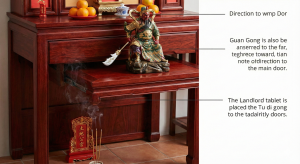Moving into or out of a condominium isn’t always as straightforward as a regular house move. Many condos have strict rules, limited access, and logistical challenges that require extra effort from movers—leading to additional “condo pushing charges“.
Why Trolley Loads Are the Better Choice
1. Height & Space Restrictions
- Some condos ban large cargo lorries (above 3m height) from entering, forcing movers to park along the road.
- Basement carparks often have low ceilings (e.g., 2.2m), requiring manual unloading and trolley pushing.
2. Limited Access Points
- Many condos prohibit contractors from walking on the ground level, restricting movement to service lifts or ramps.
- Some buildings only allow stainless steel trolleys, increasing friction and effort when pushing heavy items.
3. Lift Exchange & Waiting Time
- Some condos require movers to switch lifts (e.g., from cargo lift to passenger lift), adding time and labor.
- Long wait times for lifts (especially during peak hours) can delay the move, incurring extra charges.
4. Long-Distance Pushing
- If the loading bay is far from the unit (>100m), movers must push trolleys across rough surfaces (stone floors, ramps), increasing physical effort and risk of damage.
5. Special Condo Requirements
- Extra protection (floor padding, lobby covers).
- Early cheque deposits or administrative delays.
Why Trolley Loads Are the Better Choice
Here are real scenarios from different condos:

Movers must transfer items between lifts to reach the unit.
Example: The Centris, Katong Regency, Jurong Point and etc
🔸Exchange of Lift (2-3 time)
More lift changes mean extra time and coordination.
Example: Watertown, The Sail
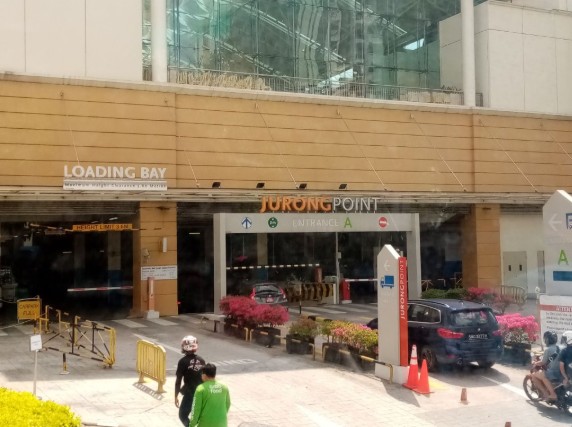
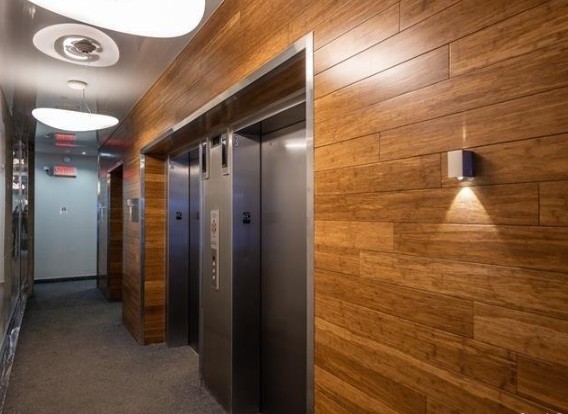
🔸B1 Pushing (Basement to Ground)
- Ramps or tight spaces increase labor.
- Example: Lakeside Residences
🔸B2 Pushing (Deep Basement)
- Longer distance and multiple ramp levels.
- Example: Lake Grande, Mont Sophia
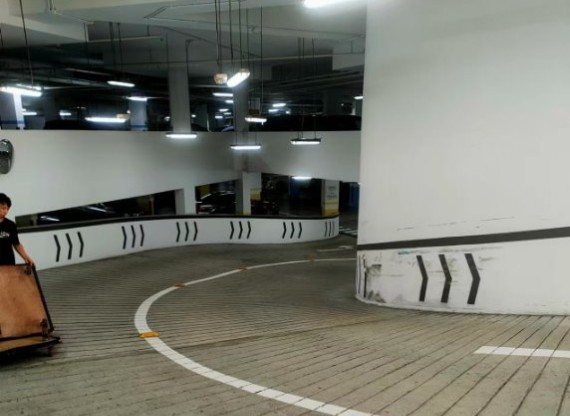
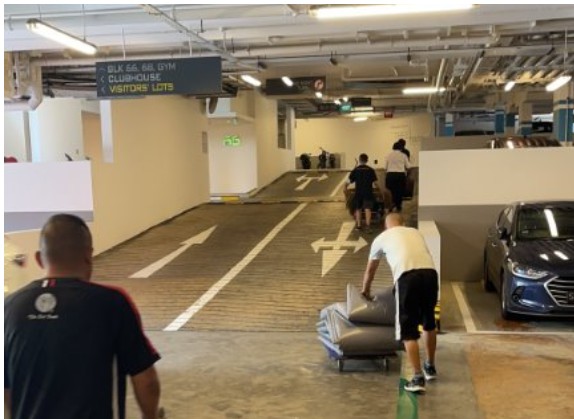

- Rough surfaces (stone floors) make trolley movement difficult.
- Example: High Park Residence, The Miltonia Residences

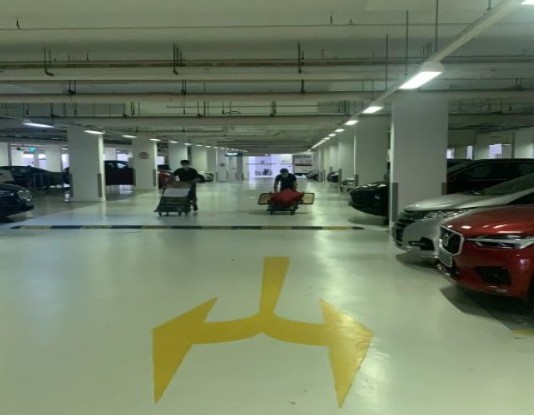
How to Avoid Surprise Charges?
Check condo rules in advance – Ask management about lift access, loading bays, and restrictions.
Plan for extra time – Delays (e.g., lift queues) can add costs.
Hire professional Singapore movers – Reputable companies like Move Move Movers help navigate condo logistics smoothly.
Final Thought
Condo pushing charges aren’t arbitrary—they reflect real challenges movers face due to building layouts and strict regulations. By understanding these factors, residents can better prepare for a hassle-free move.
Share


